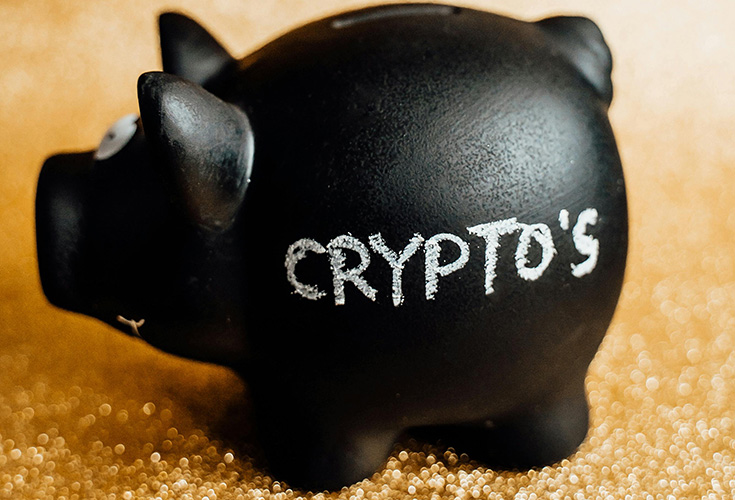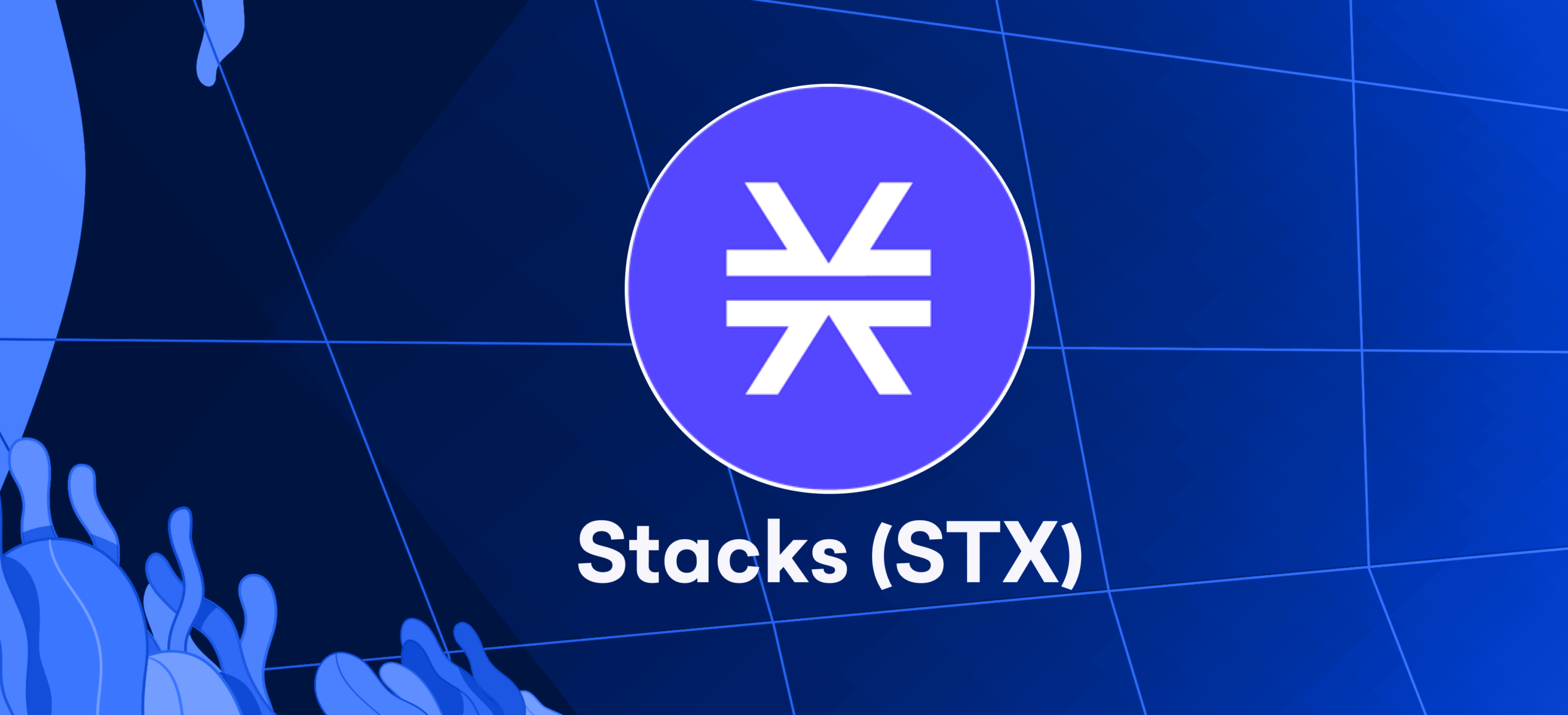
During the early days of the cryptocurrency era, mining was the prevalent method to earn crypto assets. However, it proved to be complex and demanding in terms of resources. Consequently, many investors now seek simpler ways to generate passive crypto income, like staking.
Staking doesn’t require you to be a crypto expert to earn money. However, grasping how staking works is crucial before investing. Let’s discuss crypto staking comprehensively.
What Is Crypto Staking?
Crypto staking involves individuals staking or locking their cryptocurrencies into the blockchain network for a specific time. As a result, they earn interest based on the size and duration of their staked investment. It works like a fixed savings account.
How Does Crypto Staking Work?
Staking cryptocurrency operates in different ways. Mainly, you can stake cryptocurrency to become a validator on a PoS (proof-of-stake) blockchain. You can also earn passive income by joining staking pools or staking your digital assets on various crypto exchanges. Each system enables you to stake your digital assets, but they work differently. Let’s quickly look at three methods to stake your cryptocurrencies.
Become A Validator On PoS Blockchain Network
Staking and POS networks have the same relationship as crypto mining and proof-of-work (PoW) blockchains. In PoW, miners compete against each other to solve complex mathematical problems using high computational power. The miner who solves the problem first gets the chance to validate the transactions and add the new block to the blockchain. As a result, he/she gets the reward in the form of coins. This reward distribution differs in each blockchain.
On the other hand, in PoS, validators have to stake their coins to get a chance to validate the transactions. Investors who stake a large number of coins have a higher chance of being selected and earning crypto.
PoS network locks its assets to ensure that all validators on the platform act honestly. If a validator neglects their duty to ensure the security of the blockchain network, it can cause harm. This could cause the value of the crypto tied to the network to fall.
Validators must also purchase and establish their staking infrastructure to participate in the network. They must have sufficient computing hardware and software. Additionally, validators need to download a complete record of all transactions made on the blockchain.
Apparently the staking costs less than mining, but starting up can be expensive compared to other staking methods.
Join A Staking Pool
This is another way to earn staking rewards by joining a staking pool run by validators on the blockchain network. Token holders add their digital assets to the pools. As we know, the higher the stake, the higher the chance to be selected.
This method is used to maximize the assets for validators. Without becoming validators, token holders earn staking rewards. Staking pool operators typically take a small portion of the rewards they distribute to pool members to cover technical costs.
To utilize this method, you’ll require a cryptocurrency wallet to connect to the validator staking pool and transfer your digital assets there. If you are a beginner in staking, please visit the official website of the PoS blockchain in which you are interested. Do a complete search about the network’s validators.
Staking On A Crypto Exchange
It is very easy to stake crypto on cryptocurrency exchanges and earn rewards. You don’t need to purchase computing equipment or software. Interestingly, the crypto platform also allows users to bet on various digital assets.
Here are the top staking platforms :
Several wallets also support staking:
- Trust Wallet
- Exodus wallet
- Ledger Live
- Phantom.app Wallet
- Polkadot.js
- Crypto.com DeFi Wallet
How Are Staking Rewards Calculated?
Reward calculations vary across blockchain networks. Some networks offer a fixed percentage of reward calculation, while others dynamically adjust rewards per block. Factors affecting these calculations may include:
- The number of staking coins
- The duration of staking
- Inflation rate
- Total coins staked on the network
Best Coins For Staking
Staking works with coins linked to PoS blockchains. Following are the popular native tokens for staking:
Solana (SOL)
Solana is a famous option for staking on many staking platforms. Its rewards range between 5.7% and 8%.
Cardano (ADA)
Cardano is another good choice for staking, giving rewards of 4% to 8%.
Ethereum (ETH)
Before shifting to a “proof-of-stake” model, Ethereum initially operated on a “proof-of-work” model. The rewards for staking Ethereum can be around 4% to 7%. You can stake it on different platforms.
Avalanche (AVAX)
AVAX offers higher staking rewards, ranging from 3% to 21.63% on most platforms.
EOS
EOS is like Ethereum, supporting decentralized apps. You can stake EOS tokens on its blockchain for rewards, with an expected 3% return.
Polkadot (DOT)
On this network, validators usually get a staking reward of up to 10% APY for DOT staking.
Tezos (XTZ)
You can stake XTZ on certain platforms for rewards, usually around 6%.
Stablecoins
You can earn rewards by staking stablecoins like DAI, USDC, and USDT. Various platforms offer up to 18.05% APY for staking USDC and USDT.
Crypto Staking Fees
To cover operational expenses, many staking platforms cut a portion of your staking rewards. Most platforms charge low fees, which only affects your earnings a little. Charges vary between platforms, so it’s important to research each platform’s fee structure before investing.
Is Crypto Staking Safe?

Cryptocurrency staking is typically seen as a secure and legal investment. However, it has some risks. The volatile nature of staking coins is one of its main hazards.
Most staking currencies are susceptible to volatility. Therefore, if the value of the cryptocurrency an investor has staked drops, they could suffer significant losses if they choose lengthier lock-up periods. It is advised to choose staking platforms with more manageable lock-up periods in order to reduce this danger.
Crypto Staking Regulation
Many governments closely monitor the crypto industry. They are concerned it has the potential to disrupt traditional finance systems. Some authorities and governments are already regulating crypto activities, such as BTC mining. However, there are currently no specific rules for stacking.
Tips For Successful Crypto Staking
- Select a cryptocurrency with robust growth prospects. Staking does well in networks that are expanding and increasing in value.
- Refrain from diversifying your investments across numerous networks. Focus on one network at a time.
- Reinvest the rewards you accumulate from staking. Reinvesting aids in the growth of your investment, which remains the primary objective of staking.
Pros And Cons Of Crypto Staking
Pros
- Staking is energy-efficient
- Doesn’t require expensive equipment
- Chances of earning high passive income
- Lower risk compared to traditional trading
- Stakers can conveniently access their investments
- No maintenance required
Cons
- Staking rewards doesn’t remain constant
- You can not utilize your staked coins
- Possibility of hacking of staking platform
How to Stake Crypto
- Choose a compatible cryptocurrency.
- Download and set up a suitable wallet.
- Transfer your chosen crypto to the wallet.
- Select a staking platform or validator.
- Stake your coins following the platform’s instructions.
Final Thoughts
Crypto staking lets cryptocurrency owners earn extra income aside from trading their coins. While this extra income might seem like a great benefit, it’s essential to be aware of the drawbacks of owning and trading crypto, as these downsides can sometimes be more significant than the relatively small rewards from staking.
Crypto staking offers an opportunity for both financial growth and active involvement in a cryptocurrency’s governance. Individuals can maximize the benefits of staking by choosing the right network, focusing on long-term strategies, and reinvesting rewards.








